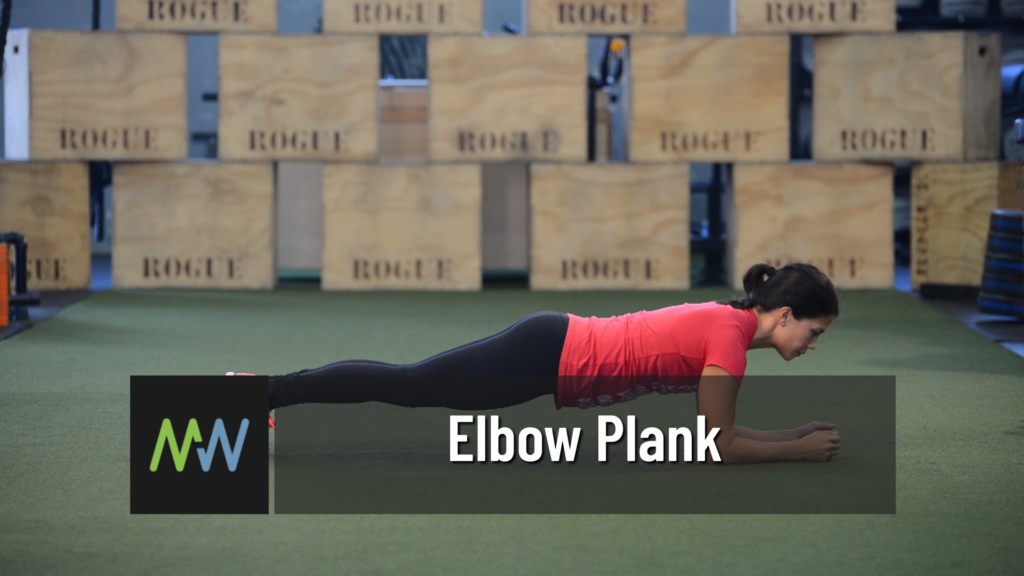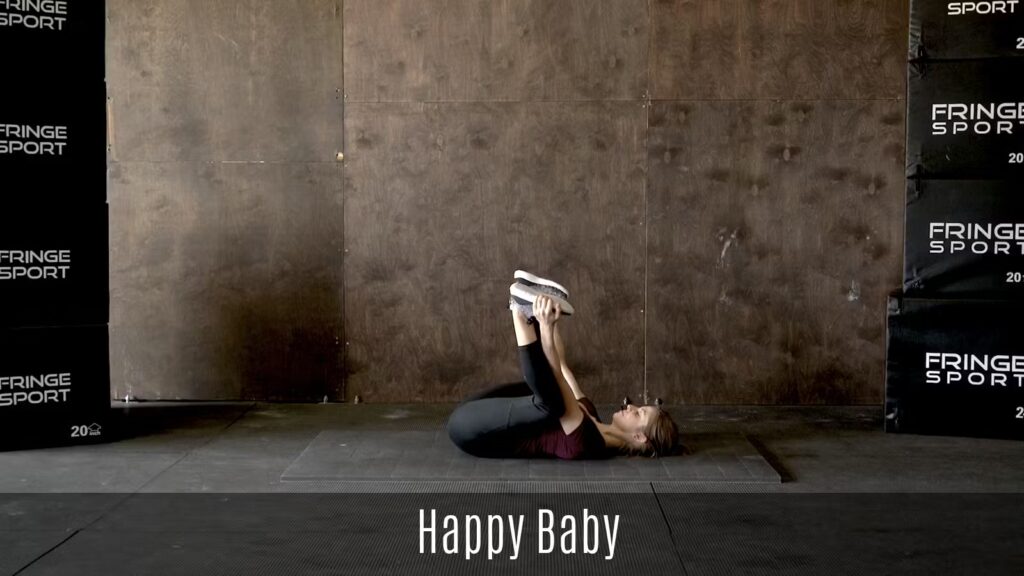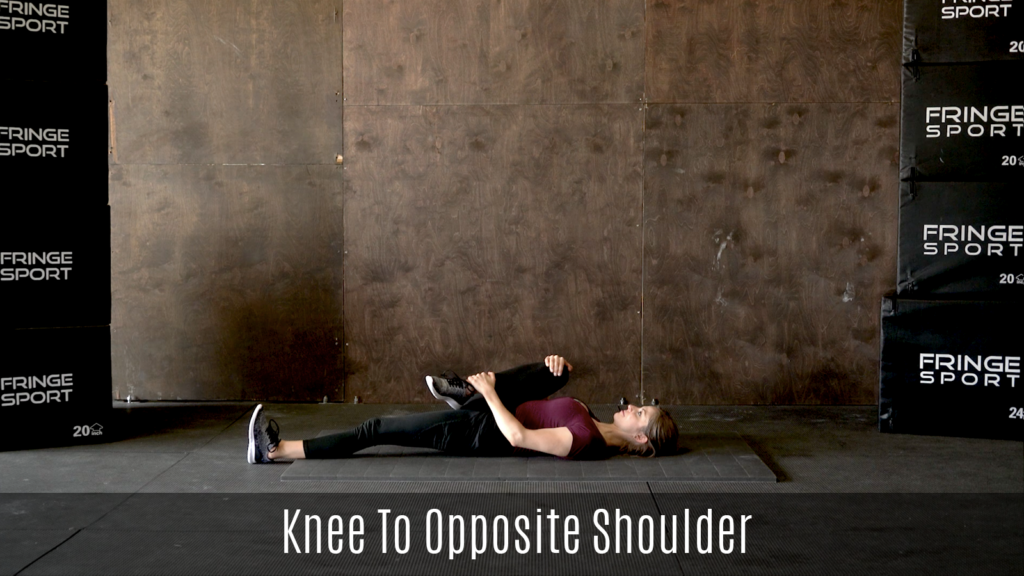There are a couple of different directions that you can do leg swings. There are the front and back leg swings and these lateral leg swings. Like the front and back leg swings, the lateral version is a dynamic stretch that utilizes the great forces of momentum and gravity to prime and warm the muscles in the legs for any activity you’re about to do.
Leg swings are commonly utilized by sports teams as a group warm up before a game. You have probably seen runners at the park or at the track utilizing leg swings before they start to run as well. This is because this movement hits the hip flexors and legs in such a way that primes them for the exercise that they are about to complete.
This comes from the fact that leg swings are a dynamic movement. This means that movement is involved. Dynamic stretches usually involve controlled, active movements of the targeted muscles to increase blood flow to the area all the while also loosening up the muscle fibers. Other examples of dynamic stretching would be lunges and arm swings.
What are Lateral Leg Swings?
If you are looking for an effective way to get the hips to open up, these lateral leg swings could be it. Not only will this movement help loosen up tight hips, it will also get your blood pumping and the muscles in your lower body warm. Lateral leg swings are especially great for the outer and inner thighs.
To perform this movement, we suggest you stand next to a surface or object that you can hold onto while swinging your leg. A vertical post on a squat rack could work. A PVC pipe is also a popular choice. If you are completing this movement at home, a door frame is an option as well. Once you have found your object on which to grab, it is time to get those legs swinging. You want to be sure that you have plenty of free space in front of you and behind you as you will be swinging your leg back and forth.
First things first, start in a standing position. Be sure that you hold a proper posture, which means the shoulder blades are pulled back and down and the chest stays upright. Place your right hand on the PVC pipe, or other apparatus that you are using for balance. From here, engage your core and kick your left leg to your left side up to belly button level.
Once at the apex of the kick, allow the foot to fall back towards earth and across your body towards the right side. This is one rep. We suggest that you start slowly at first. Find the rhythm and allow your leg to warm up to this range of motion. Once you have found a good flow, you can start to increase the speed of your swings.
You want to be sure that you minimize upper body movement. Try your best to keep your hips squared off and minimize any upper body or hip rotation. Remember to keep a slight bend in your planted leg as well. Never lock out your knee.
We suggest doing leg swings for at least 30 seconds or 20 to 30 repetitions. Once you have done one side, be sure to switch sides and complete on the other leg.
Benefits of Front and Back Leg Swings
Again, this is a dynamic movement that really gets the blood pumping and your muscles activated and primed for a workout. This increased blood flow to the area may help improve the mobility within the joint capsule. The large range of motion of the leg swing movement also allows the hip to open. This is a good primer to do if you experience tightness in your hips.
Because this movement incorporates a swinging motion throughout the whole leg, this will also hit the thigh muscles. So, if you have got a hard leg day planned or a long run, we definitely recommend doing leg swings prior to the activity.
This exercise is so accessible that it can easily be done by anyone! Even people who find themselves sitting at their computers for most of the day can benefit from the dynamic leg swing.
Front and Back Leg Swings Modifications
If you find that you cannot bring your leg up to belly button level, do not worry! We always suggest that you work within your own abilities and range of motion. You never have to feel bad about this.
Swing your leg as high as you can get it. Do this repeatedly and over the course of days or weeks. If you are consistent with this movement, you may find that you will soon be able to bring your leg higher and higher.
If you ever feel pain while completing the leg swings, stop the movement. Consult your personal healthcare professional if you feel that evaluation may be necessary.
Start in a standing position. Using a PVC or other apparatus for balance, kick one leg out to the side, away from your hip to belly button level. Once at the apex of the kick, turn the toes upwards to the sky (externally rotating). Allow the foot to fall back towards earth passing your standing leg.



